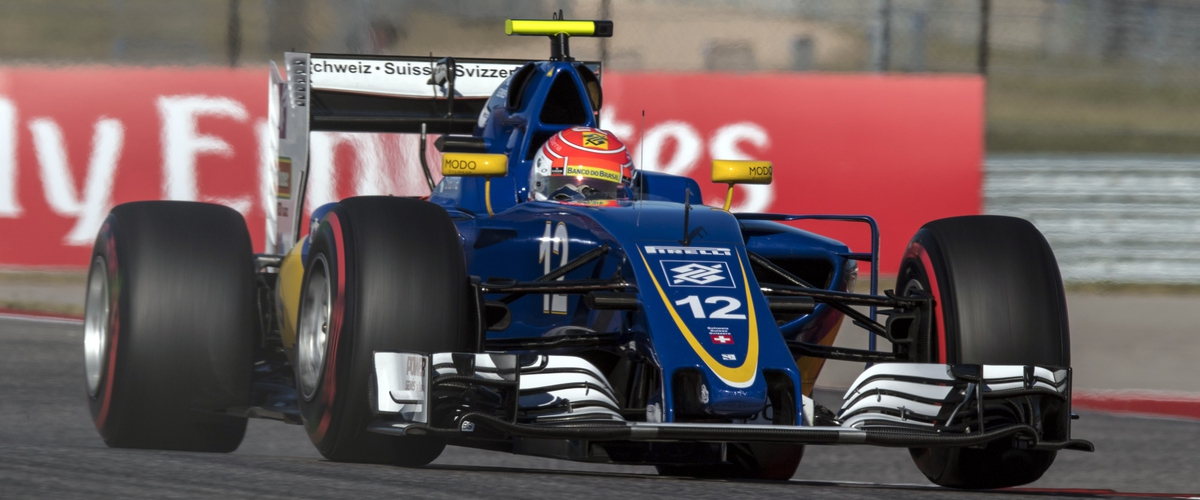Just How Dangerous Is Racing?

Safety in auto racing has come a long way since the days when Formula 1 pilots could hope for a 50% life expectancy. The sport has introduced multiple cutting-edge technologies that have saved lives, most notably with the HANS device that followed the death of the legendary Ayrton Senna. No matter how safe we try to make it, it must be said that racing cars is inherently dangerous.
The deaths of drivers Justin Wilson and Jules Bianchi expose the two most recent tragedies the sport has seen. As with past fatal accidents, the outpouring of admiration and respect from fellow drivers has triggered renewed energy in the quest to make racing cars as safe as possible.
A New Paradigm
As harsh as it sounds, we’re living in an era of Formula 1 where our tolerance for risk is much lower than it once was. As Formula 1 veteran Robin Miller explains in a recent piece for Road & Track magazine, it’s no longer viewed as normal for drivers to avoid starting a family for fear of death on the track.

That we can agree to make the sport more humane is a good thing, but it’s remarkable how safe we’ve made things considering the dangers that come along with the race track. Here are just a few of the ways we create a deadly environment for drivers on race day.
Fumes
The fuels, lubricants and solvents found in a race-day pit zone could probably kill armies if used in anger. For quite some time, there was a serious problem with pit crews ending up on fire without knowing it because the methanol they were fueling cars with burned without any color.

Let’s not even consider the long-term damage that must be taking place in driver’s and crewmen’s lungs from being around these toxins — plus, burnt rubber fumes — for large portions of their lives.
Exposure
We’ve done a great deal to secure drivers since the death of Ayrton Senna, but the question of why drivers are still left with their heads exposed must be asked. From an aerodynamic standpoint, a closed cockpit makes more sense. So why not protect these guys?
It’s looking like things are headed in that direction, finally, after the loss of Bianchi and Wilson. Of course, to ensure the safety of the drivers, the cars would require a seriously tough form of high-tech glass like Gorilla Glass, which is featured on the new Ford GT. The team at Gorilla Glass are reportedly on the short list of manufacturers who could supply F1 carmakers with materials as well.
Sorry, fans, but wouldn’t you sacrifice seeing your favorite driver’s helmet-clad head for their safety?
Cars of the Future
It seems that with electric cars becoming the norm, there will be a whole new era of racing for us to witness soon. Cars will no longer be the limiting factor. Instead, it will be what drivers can endure that sets the bar. Hopefully, we’ll continue the trend towards more safety when that day comes. Speeds don’t seem to be decreasing anytime soon.


